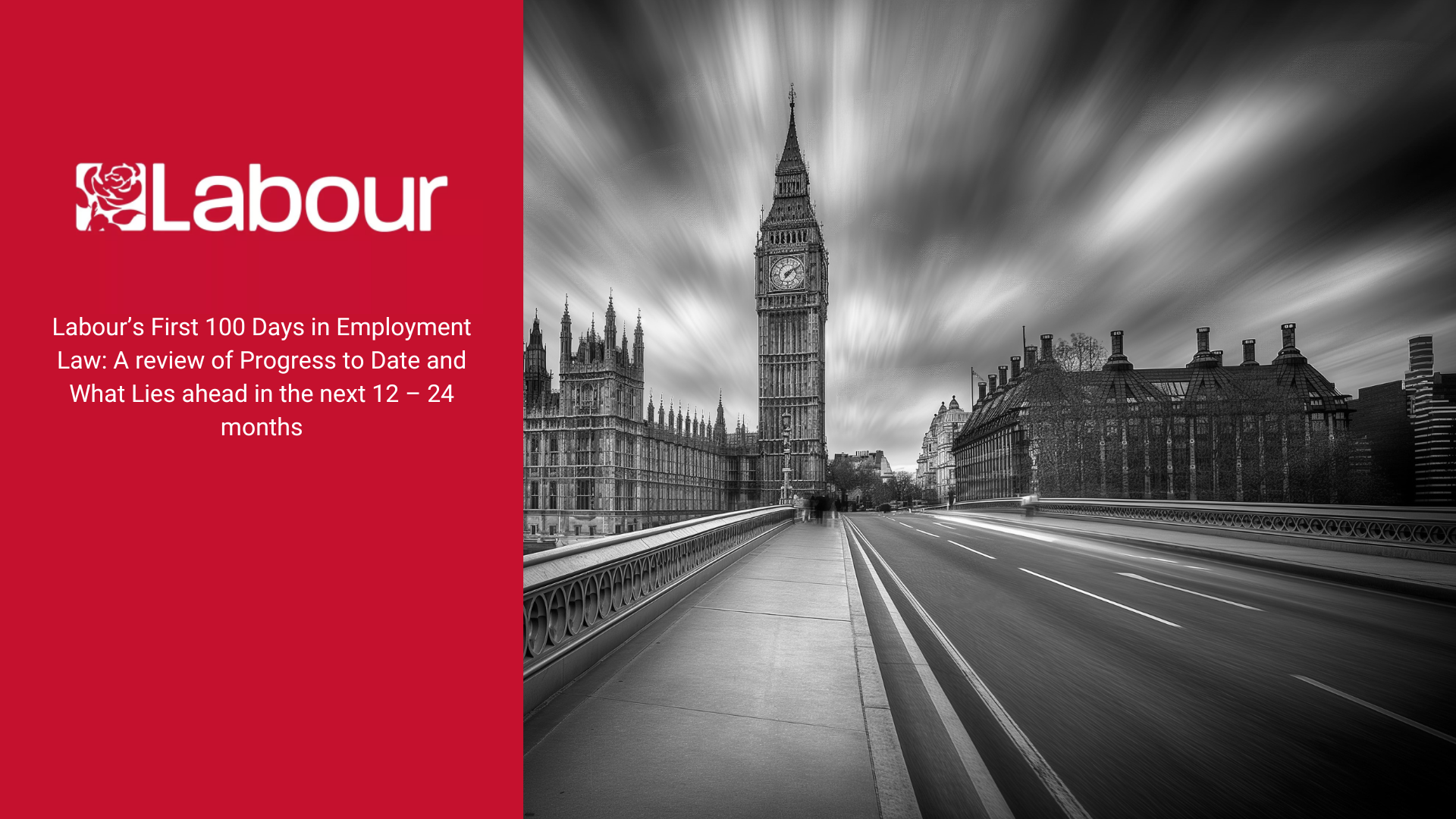Closing the gender pay gap: UK figures fall but still work to be done
According to figures recently published by the Office for National Statistics (ONS) the UK’s gender pay gap for full-time employees has fallen to its lowest level ever. The figure fell from 9.1% in 2017 to 8.6% this year based on data collected for the Annual Survey of Hours and Earnings, complied by the ONS.
However, when you look at the overall gender pay gap for both full-time and part-time roles the figure is still significant, although the trend is downwards, it fell from 18.4% in 2017 to 17.9% this year.
Mandatory gender pay reporting
Since April 2017 when new legislation came into force, larger employers in both the private and public sectors have been required to publish their gender pay gap figures annually.
The government’s thinking was that by shedding light on the numbers, employers would be nudged into taking action to address the difference between male and female earnings which had remained stubbornly ingrained in many workplaces.
Not only would the annual bad publicity for those with significant pay gaps be an incentive to change but, if applicants started comparing the figures and avoiding organisations with large pay gaps the risk of missing out on talent would be another encouragement for improvement. The Equality and Human Rights Commission found earlier this month that almost two thirds of women took a potential employer’s gender pay gap into consideration when looking for a job.
Employers’ first reports had to be published by the beginning of April 2018, at the latest. And, as the deadline loomed the media was full of the worst examples of significant pay gaps such as 72% at Ryan Air.
What is the gender pay gap?
Although much political attention has recently been focused on the gender pay gap and, ways of closing it, it is clear that there is significant confusion around what the gender pay gap actually is. Could you define it?
The gender pay gap is a comparison of average earnings across a whole organisation. This involves calculating the hourly rate of pay of each employee. This means that a company which has largely men in its senior management roles (being paid more) and largely women in its junior or part-time roles (being paid less) will have a significant gender pay gap.
The gender pay gap is NOT the same thing as equal pay. Paying men and women differently for doing the same job or, for doing work of equal value has been unlawful in the UK for nearly fifty years.
The gender pay gap is more subtle than that and having a gender pay gap does not mean that an employer is breaking the law. In fact, nearly all organisations will have a gap of some sort and, an employer which says it doesn’t has probably got its sums wrong!
While the focus has been on women being paid less, it shouldn’t be forgotten that some employers actually have negative pay gaps which means, they pay women more, on average, than men.
What are the reasons for the gender pay gap?
There are many reasons why a company may be male heavy at the top, or, employs mainly women in its lower paid, less skilled positions, thereby causing a gender pay gap . For example, perhaps it doesn’t recruit enough women at the bottom of the career ladder so it is very male dominated. There are certain sectors such as science, technology and engineering where female recruitment is traditionally low. This is not to suggest that female applicants are being overtly discriminated against in these sectors but, that the problems start much earlier when girls drop out of science subjects at school. This results in a much smaller pool of suitably qualified female applicants.
Or, perhaps a company does start off with plenty of female recruits (examples include the legal and accountancy sectors) but, for some reason these women never reach senior management. If we had to guess as to why this might be we could mention the “glass ceiling” or look at why women “self-select” and give up their careers or, do not to progress to senior, higher paying roles.
The motherhood penalty
It is clear that part-time workers earn less on average than full-time workers and that, usually due to caring responsibilities, more women than men work part-time. There are plenty of statistics which demonstrate the motherhood penalty, whereby women’s earnings plateau significantly after having children, this phenomenon is now widely recognised and evidenced by earnings data. The ONS has found that although the pay gap for full-time employees aged 18-39 is almost zero, it starts to widen from 30 years of age, coinciding with an increase in part-time working and, grows significantly after 40.
How can employers reduce their pay gaps?
Although large pay gaps make good headlines, the question is not really, how big or small is a pay gap is but, how quickly is it reducing and what measures are being put in place to achieve this? It will be some years before the trends across different employers and sectors can be tracked but, being able to show a downward trajectory to any pay gap is likely to be more important than the actual figures in the future.
Employers have been encouraged to publish a narrative with their figures which may include details of the initiatives they are taking to tackle their pay gap. So, what sort of steps can employers take to reduce their gender pay gaps?
The effectiveness of any measures taken by an employer will depend upon the reasons why it has a pay gap – is the problem recruitment, retention or progression? An obvious starting point is to look at what happens when women have children. Do they return from maternity leave and, if so, what happens to their careers from then on? Could less part-time but, greater flexible working help women to stay on the career ladder? Do parental benefits need to be redesigned or increased? For example, should fathers taking shared parental leave be paid enhanced pay rather than just the statutory minimum? Do women have enough internal female role models, would they benefit from targeted training or mentoring at certain points in their career?
Conclusion
The potential interventions and initiatives employers could introduce is fairly limitless but, there are no quick fixes. While women remain the main carers for children, and increasingly elderly relatives, it is going to be very hard to reduce the gender pay gap to an insignificant figure. There are deeply ingrained cultural and social reasons, and of course biological factors which are likely to perpetuate the current situation. Governments and employers can only do so much and meaningful change will not happen overnight. It will be very interesting to look at next year’s figures from larger employers and see what progress, if any, has been made.







